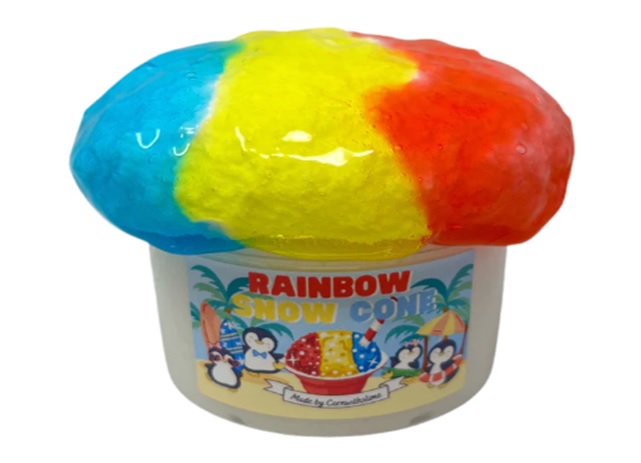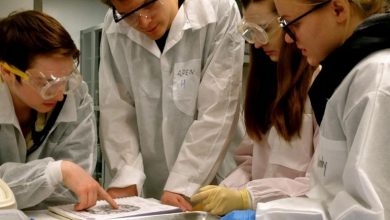Sliming and Learning with Fun Science Projects

With the topic of Science, Technology, Engineering and Math (STEM) a very relevant one these days, most educators look for ways to introduce related subjects early on in a child’s life. One related topic, the science of rainbows, is a fascinating subject indeed. And adults – whether they are teachers or family members – can give kids an invaluable STEM lesson by playing with slime.
The Science Behind the Fun
It’s all about sunlight light, water vapor in the atmosphere, and the amazing science of reflection and refraction. Most science classes teach school-age kids all about how rainbows form. But if parents, teachers, and child caregivers want to give youngsters a head start on rainbows and colors, then how about a lesson on rainbow slime?
Since this is not a science blog, but a fun blog, we’ll keep the scientific babble low key, and save most of what we have to say for fun things!
At a very high-level, many manufactured products are the result of combining two or more substances together, that react with each other to form an entirely different substance. And that’s exactly how we produce slime. It is the result of a chemical reaction between two main ingredients – borate ion and polyvinyl alcohol.
The Fun Behind the Science
In fact (and here’s where our fun part begins!), under the supervision of an adult, children can learn some useful STEM lessons by using household products to create slimy materials of their own. All you need is PVA glue, that provides polyvinyl alcohol, and combine it with baking soda and a splash of contact lens solution, to produce borate ion. Presto…you’ve got homemade slime!
Obviously, this is just “plain vanilla” stuff, and won’t be as fancy and elegant-looking as the products you get online from manufacturers like CornWithSlime. You will not get the colorful containers, nor will you enjoy the lively accessories – like glitter, sprinkles, and sparkles – to perk your slimy creations. Half the appeal for kids is in those add-ons, extras, and trimmings. That’s where the fun lies!
But now, for some more fun science lessons!
Once you have your basic sliming recipe down pat, you can wow the kids with some more colorful magic. Just add some food color into the mix, and you can produce magnificent rainbow slime. If you produce your creations in different batches, and different colors, you can produce tubs of fun, gooey, slimy material, that you can then use to recreate an amazing rainbow.
And that’s where your kids can learn more fun science – the science of viscosity!
Experiment with different combinations of the basic ingredients, especially the amount of contact lens solution. Your kids will be amazed to see how stretchy, sticky, malleable, or brittle your creations get. To produce thick, dough-like consistencies, add more solution to the mix. If it’s a pouring, oozy, sticky version of a rainbow you’re aiming for, then go easy on the contact lens solution.
Parting Considerations
Trying these experiments at home can be hazardous, especially if you have kids that may be allergic to certain household materials. That’s why, it might be a good idea to buy your slime online, from a reputed manufacturer, and then have safe fun with STEM projects!





